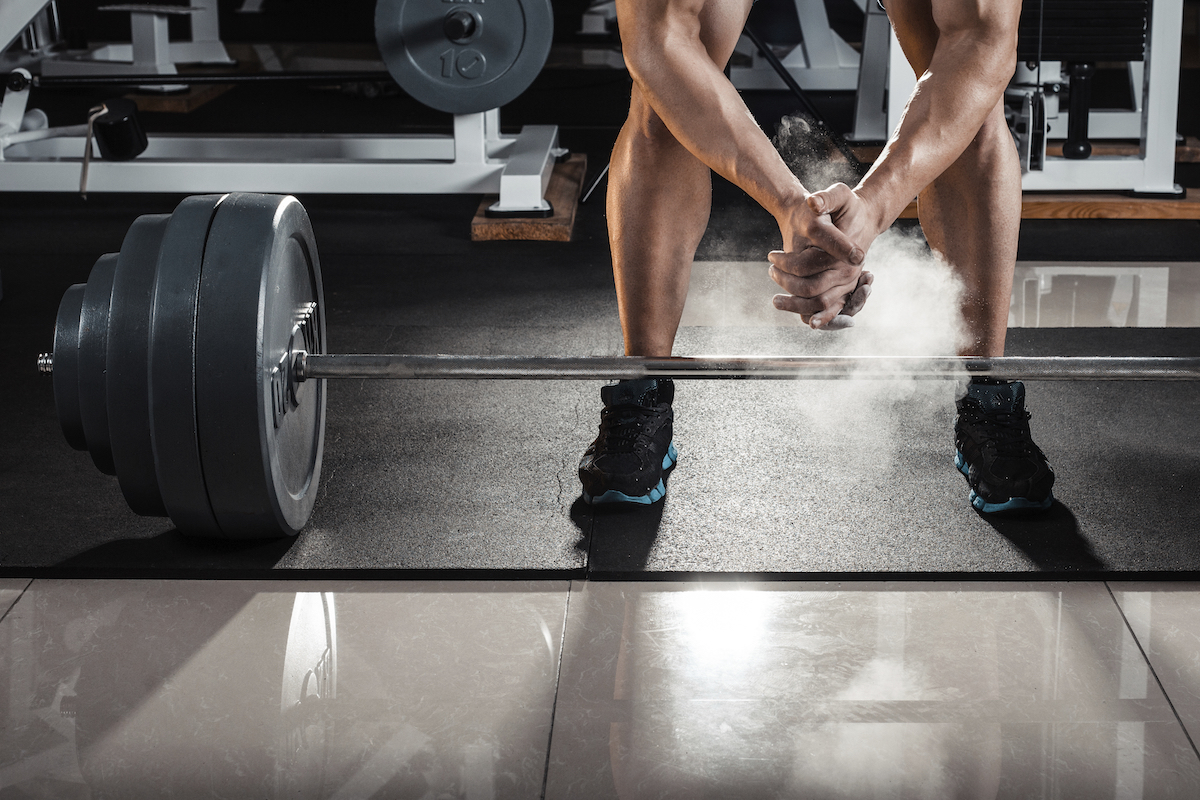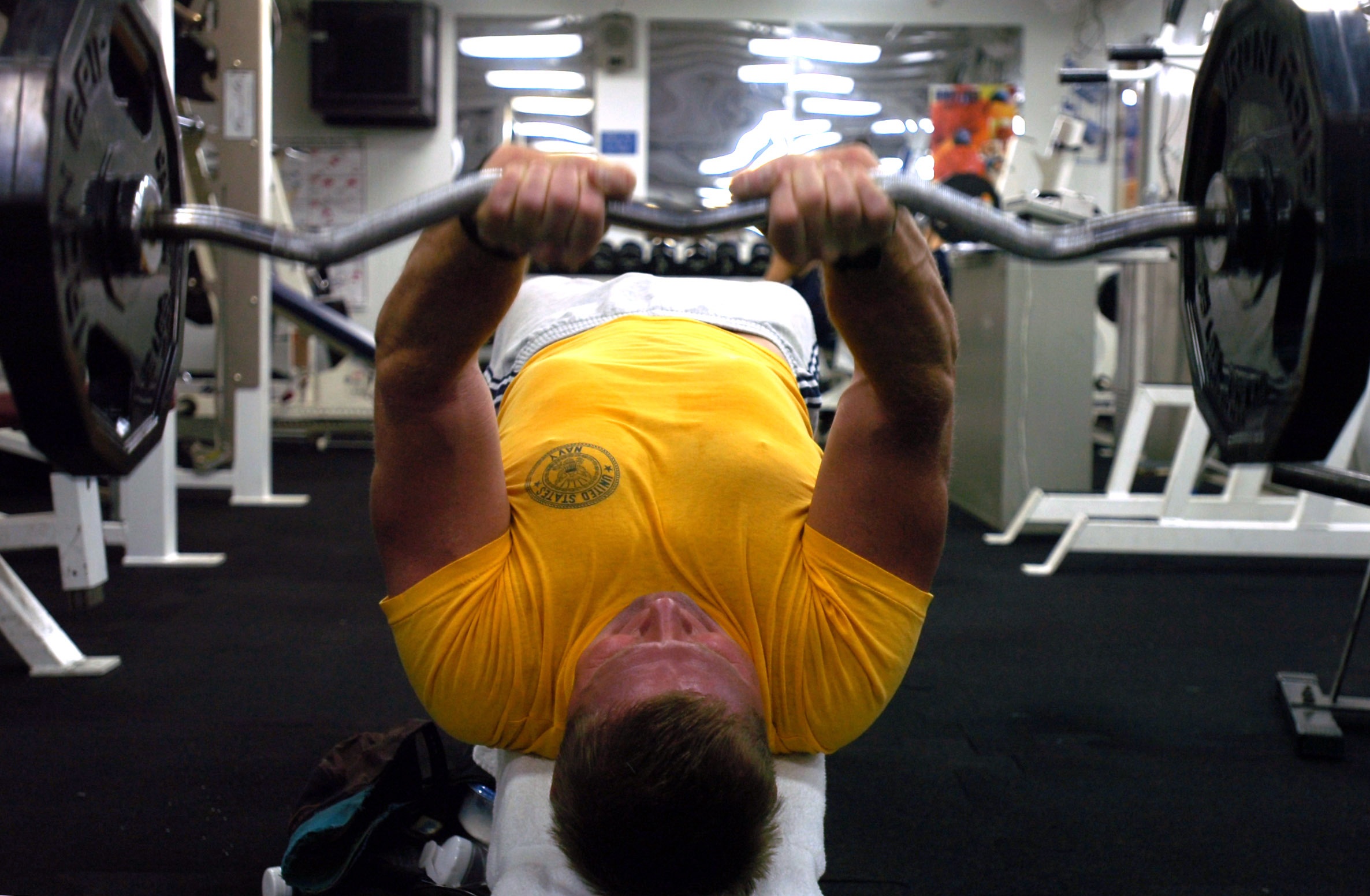In a previous blog we covered hang and block cleans as assistance exercises for the clean and we discussed the place these exercise had in the strength and conditioning of the non-weightlifting athlete. With this article we’re going to cover different kinds of pulls and their role in athletic strength and conditioning.
There are three types of clean pulls that we’re going to cover:
- Clean pulls
- Clean high pulls
- Clean pulls with no explosion
Clean Pulls:
Clean pulls train the second pull of the clean. In other words they focus on the explosion. There is no catch during a clean pull. The lifter brings the bar to mid thigh, extends his or her hips explosively, rises up on their toes, and shrugs their shoulders up, and that’s it! Clean pulls can be done from the floor, from the hang, and from blocks. All for the same reasons as the clean or power clean.
Weightlifters will do sets with their clean pulls with 5-10% more than their clean weights. The weight on this exercise is prescribed as a percentage of their clean maximum. Doing too much weight can lead to bad technical habits that could translate to the clean. Like the clean it is done for no more than sets of three to six repetitions per set.
Using weightlifting shorthand, the exercises would be used as follows:
P. Cl, 3x3x70%
Cl. Pulls, 3x6x75%
P. Jerk, 3x3x70%
F. Sq, 3x6x75%
In the above example the clean pulls supplement the power cleans and are done with 75% of the clean max.
If there is a need to work on a phase of the lift (for example, moving the bar around the knees), then clean pulls would be done from the appropriate height in the hang or blocks. For example,
Cl, h, BK, 3x3x70%
Cl. Pulls, h, BK, 3x6x75%
P. Jerk, 3x3x70%
F. Sq, 3x6x75%
Clean High Pulls:
The high pull is an old school exercise. This exercise has gone out of favor with weightlifters due to its potential to build bad habits in the main lifts. With a clean high pull, the bar reaches mid-thigh. At that point the athlete explosively extends his or her hips. As they do this they rise up on their toes and shrugs their shoulders up. This will force the bar to about the level of the navel. At this point, the athlete continues the pull by relaxing the arms and allowing the bar to move to chest height. When programmed it’s also done in terms of a percentage of the clean maximum. Usually sets of no more than three to six repetitions.
This exercise used to be a staple of a weightlifter’s training, but it has fallen out of favor over the last thirty years. The reason is that it is very easy to get into the habit of pulling with the arms during this exercise. This can translate to doing this during the clean which can force the bar away from the body or it can slow the lift down, but of which can have a negative effect on the lift.
Like the clean pull it can be done from the floor, from the hang, or from blocks depending upon what the focus is on.
Clean Pulls with no Explosion:
This exercise is a strengthening movement. With this exercise the bar begins on the platform. The lifter approaches the bar, grips it with a clean-width grip, and sets up as if they were going to perform a clean from the floor. From here, the bar is lifted to mid thigh and then it is replaced on the platform. This exercise is done to strengthen lifting the bar off the platform (i.e. the first pull). Great attention has to be paid to the lifter’s technique with this variation so that bad habits are not learned.
This exercise is proscribed at a percentage of the lifter’s clean, generally up to 110%. Sets of three to six repetitions are typically performed on this exercise.
This is a great, event-specific strengthening exercise (there is a snatch variation of this exercise as well). In weightlifting shorthand it would be written like:
Cl, 3x3x70%
Cl. Pull, h, BK, 3x6x75%
Cl. Pull, NE, 3x6x95%
P. Jerk, 3x3x70%
F. Sq, 3x6x75%
In other words, the workout above is training the clean, the clean pull from below the knee, the clean pull with no explosion, the push jerk, and the front squat.
Now, for a strength and conditioning coach there are some things to keep in mind with clean pulls, clean high pulls, and clean pulls with no explosion. First, it’s easy to make small technical mistakes on them that can carryover to the clean itself. For example, pushing the bar away from the body during the clean pull still allows for a successful lift but it will kill a clean. This means that if these exercises are used then the technique has to be coached and reinforced constantly. Second, it’s easy to get into velocities that don’t match up well with the actual clean. For example, overloading the weight on a clean pull will result in a slower lift – which could end up teaching a lifter to perform the clean slowly. Again, coaching matters here.
On the other hand, these lifts can easily be incorporated into an athletic strength and conditioning program. First, if you do not work with athletes that will compete in weightlifting then the technical mistakes don’t necessarily matter as much – it’s not as important to be precise. Second, pulls don’t require a lifting platform or bumper plates. In other words they can be done anywhere. This is really important when your platforms and bumper plates are limited (or nonexistent) and it means that while some athletes are squatting, some are cleaning, others can be doing the pulls. Third, the power outputs are the same and in some cases higher as the clean. This means that these are less technical power exercises and they can either supplement or be the main power exercise in a training session. Finally, because they don’t require as much technique and because they can be done with minimal equipment they lend themselves to coaching situations where there are a large number of athletes and limited equipment (i.e. most team situations).
In the next blog we’ll talk about combining lifts.



